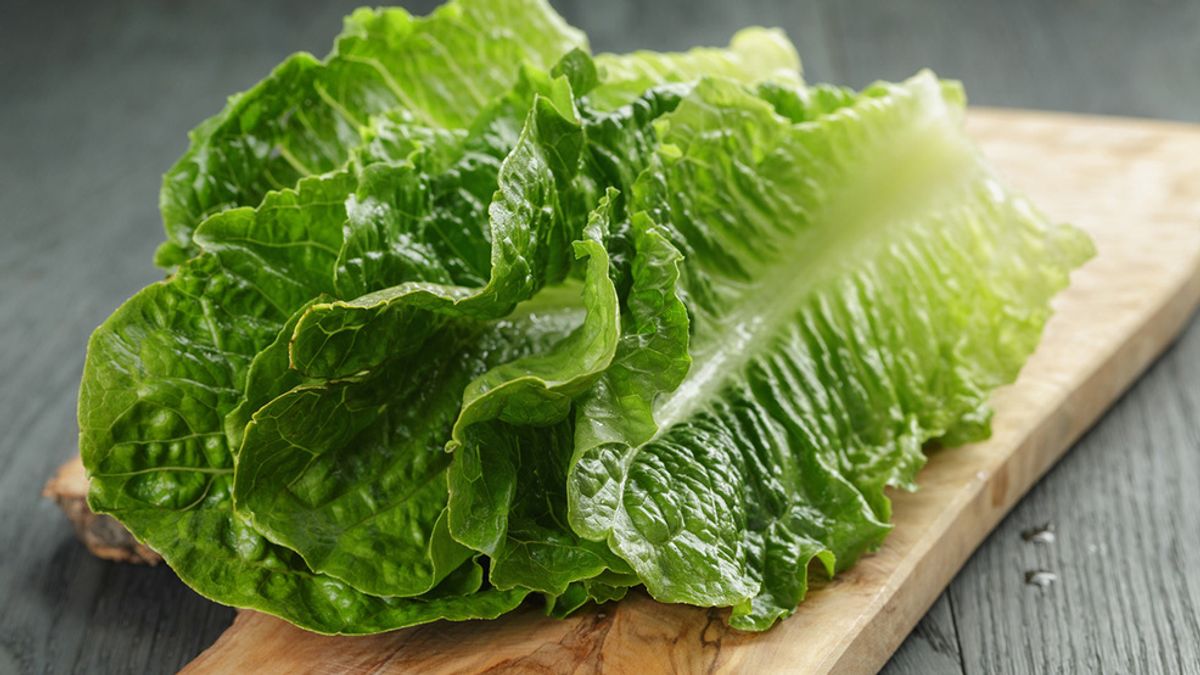In April 2018, videos appeared purporting to show evidence of the toxicity of store-bought foods by peeling a layer of what appears to be plastic off leaves of lettuce. The claims have periodically resurfaced online for years:
Although the video has been shared and seen by tens of thousands of people on social media, it doesn't, in fact, depict plastic peeling off lettuce leaves. Instead it shows evidence of a known agricultural phenomenon called epidermal peeling — a harmless side effect of cold weather.
Much like a skin blister, epidermal peeling occurs when romaine lettuce, a majority of which is grown in Arizona, is exposed to freezing temperatures causing the leaves form a protective layer, which can then be peeled off. A farmer in Yuma, Arizona explains the process here:
The phenomenon, although familiar to food growers, serves as a periodic subject of conspiratorial videos that purport to show how the food industry is nefariously poisoning the public, as evidenced by a 2012 blog post by organic food grocer Albert's Fresh Produce:
There is a video circulating on the internet showing romaine lettuce with what appears to be a “plastic coating” peeling off the lettuce. We have received quite a few inquiries about this and wanted to address the concern. This “coating” is actually the “Epidermal or Skin Layer” of the lettuce and “not plastic”, which is why consumers of both organic and conventionally grown product have noticed the affect. It has nothing to do with anything that has been applied externally to the product.
So why does this coating occur? During the winter season, romaine lettuce is grown in Yuma Arizona. During the months of December through February the Yuma growing region can easily see sub-freezing nights with temperatures reaching into the low twenties. This will cause the outer skin of romaine lettuce to experience a type of “freeze burn” which results in a “blistering” of the skin, much like what would happen if human skin experienced a burn.
The claims were likely re-ignited on social media by people searching out more information after major warnings appeared in mid-April 2018 about romaine lettuce that had been contaminated with E. coli.

